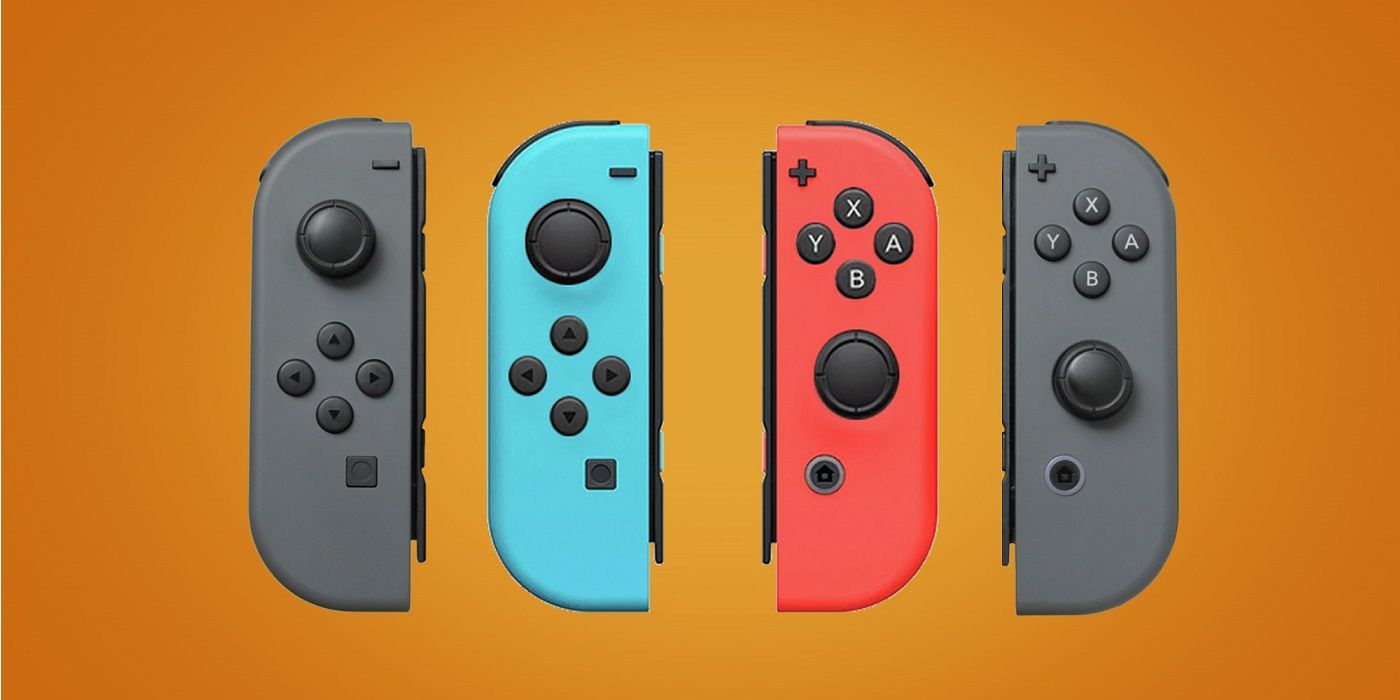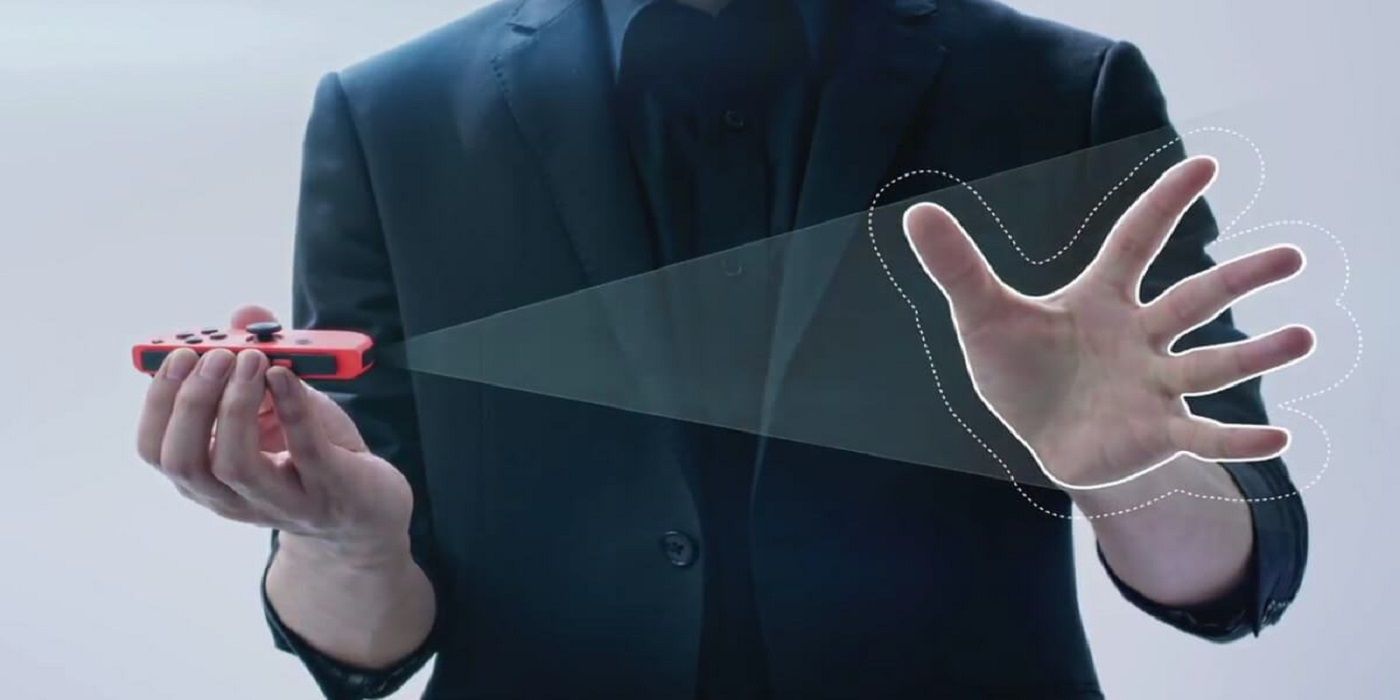When the Nintendo Switch was first announced, fans weren't sure what to expect. A hybrid console screamed of potential, but more curious still were the newly revealed Joy-Con controllers. Small enough to fit easily in the palm of the hand, these tiny controllers packed an impressive amount of technology into each one. Nintendo promised the Joy-Cons would be able to perform all manner of interesting feats and showcased each one with the release of 1-2-Switch.
Four years later and few of the Joy-Con's amazing features have actually been utilized. When spoken of now, most gamers only think of the Joy-Con's issues with drift rather than the promises Nintendo made for how they might change the landscape of gaming. This isn't the first time Nintendo controllers have been capable of great things which were never fully realized, but given the advancement in interactive gaming in the last several years, it is baffling it has been so overlooked.
The Nintendo Switch Joy-Cons were announced with a number of features set to change how players interacted with games. Each Joy-Con was equipped with an accelerometer and gyroscope, which are used in conjunction for independent motion controls. This allows for more finely-tuned motion controls than the Wiimote offered, even with the inclusion of the Wii MotionPlus, and does not require a sensor bar like its predecessor.
Joy-Cons Are Brimming With Unused, Innovative Potential
While gyroscopic controls can also be found on PlayStation consoles, the inclusion of the right Joy-Con's infrared camera was an impressive first in gaming. The camera is designed as a depth tracking sensor, able to understand not only how far an object is, but distinguish shapes as well. It was stated that this camera could distinguish the difference between rock-paper-scissors gestures which lead to fan speculation of other potential applications. This could have even helped the Toys To Life genre spring back to life with interactive objects. Outside of 1-2-Switch, however, it has yet to be utilized.
Arguably the Nintendo Switch's most promising feature is the haptic feedback system, coined the "HD Rumble." Nintendo promised that players would be able to distinguish the sensation of ice cubes in a glass of water, and one mini-game within 1-2-Switch had players count how many marbles were inside a box simply by tilting the Joy-Con. Most games on the Switch will utilize a vibration function, however, it works only in its most basic form and rarely - if ever - makes full use of these promising new features.
HD Rumble was doubly promising for its potential in simulated density shifting. The ability to distinguish the sensation of materials - and multiples of them within the controller - could be applied to give the player the sensation of weight. This means games featuring sword and shield combat could provide feedback of the character getting tired of blocking or attacking too often. The ingenuity and technology for features are all present within the Joy-Cons and mostly lay dormant.
Joy-Cons are another example of Nintendo holding onto innovative technology for new gaming potential yet still not exploring it to its fullest extent. While this does fall to developers to implement these systems, the Nintendo Switch has enough first-party games, particularly with The Legend of Zelda series, to explore these unused features rather than let them go to waste.


